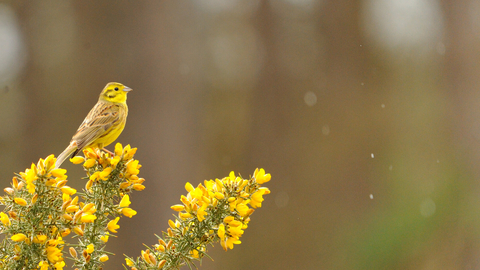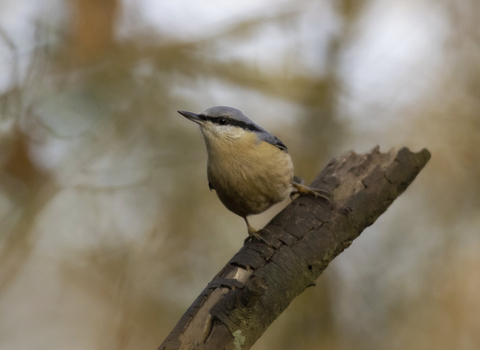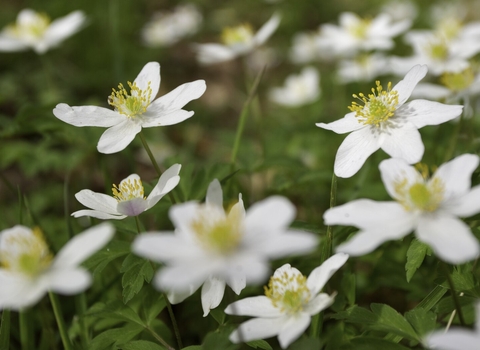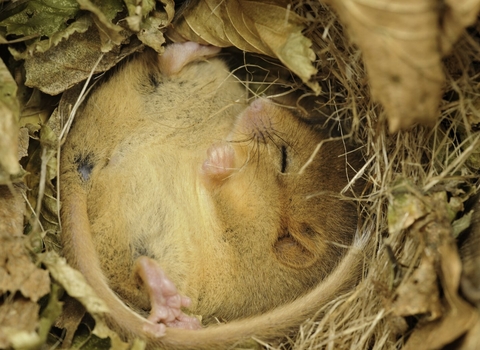
Amy Lewis
Cwm Colhuw
Location
Know before you go
Dogs
When to visit
Amseroedd agor
Open access reserve.Amser gorau i ymweld
Spring and SummerAm dan y warchodfa
The reserve is situated on the southern slope of the Afon Colhuw. A postcard of the Colhuw valley taken in the 1930s shows the reserve as open grazed pasture with isolated scrub. Grazing ceased during the Second World War, when the site was used for allotments in the “Dig for Victory” campaign, and then Hawthorn, Blackthorn, Gorse and Bramble colonised the majority of the slope with secondary Ash woodland taking over at the inland end.
The scrub and hedgerows provide nesting habitat for a number of birds such as Bullfinch, Goldfinch, Grasshopper Warbler, Linnet and Yellowhammer, and also summer migrants such as Willow Warbler and Whitethroat. Kestrel breed on the adjacent cliffs and use the grassland for hunting, and Peregrine is regularly seen.
Two calcareous grassland fields on the summit of the slope are dominated by Oat Grass and Yorkshire Fog, with clumps of Cocksfoot, Bird’s-foot Trefoil, Salad Burnet, Kidney Vetch, and Wild Thyme in the shorter Rabbit grazed turf, on the ant hills, and archaeological remains. Nationally scarce Wild Cabbage grows near the cliff edge, in places sheltered from grazing. The grassland provides a habitat for butterflies such as Common Blue, Meadow Brown, Small Heath, Ringlet and Small Blue.
The reserve contains part of the boundary bank and ditches of an Iron Age Promontory Fort. The majority of the Fort including the impressive ramparts, known locally as “Castle Ditches”, are just outside the reserve boundary to the east.



